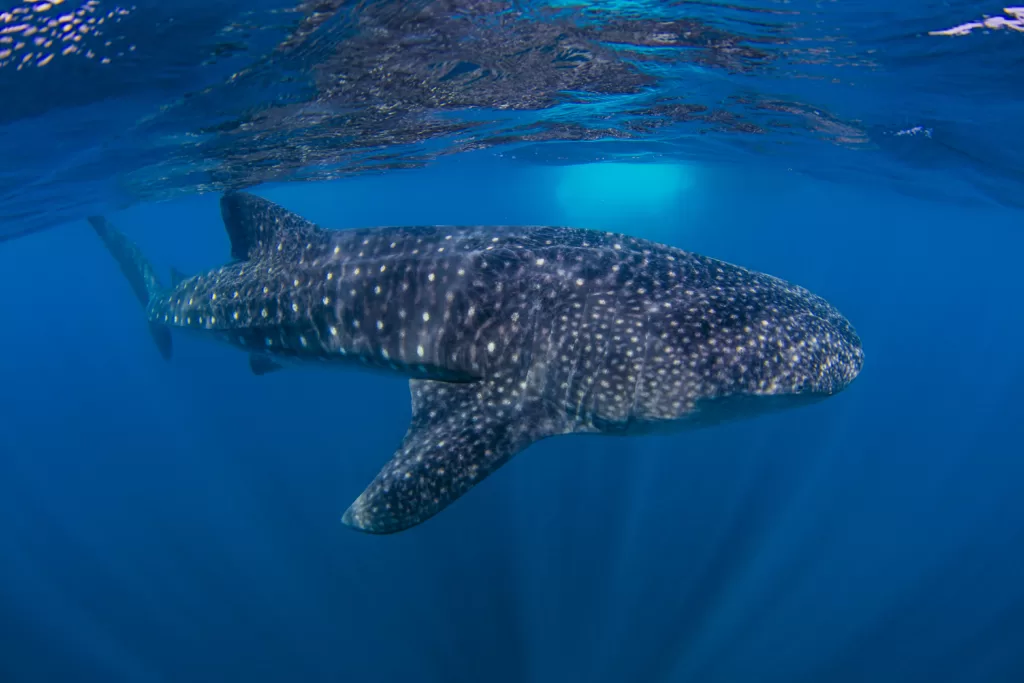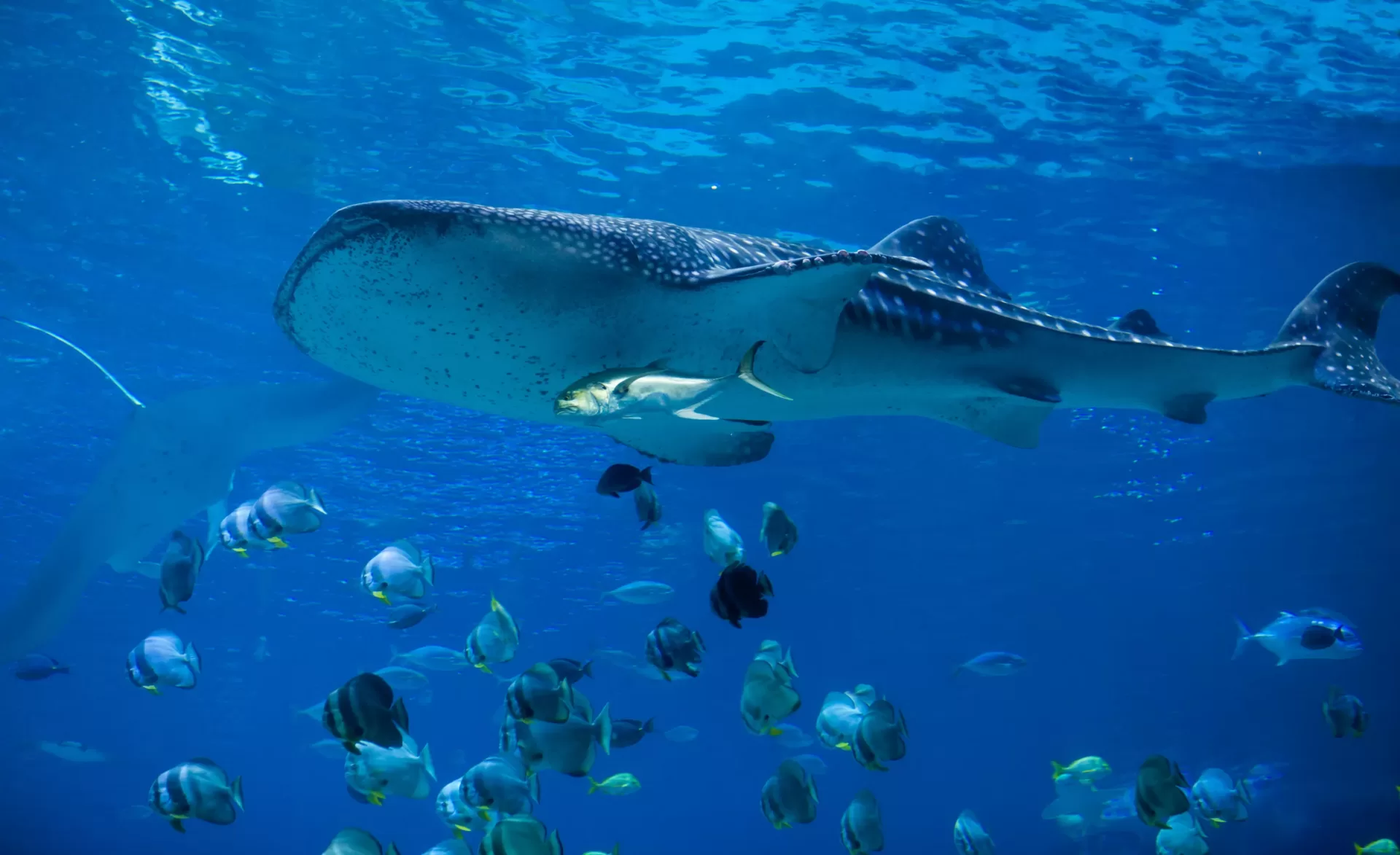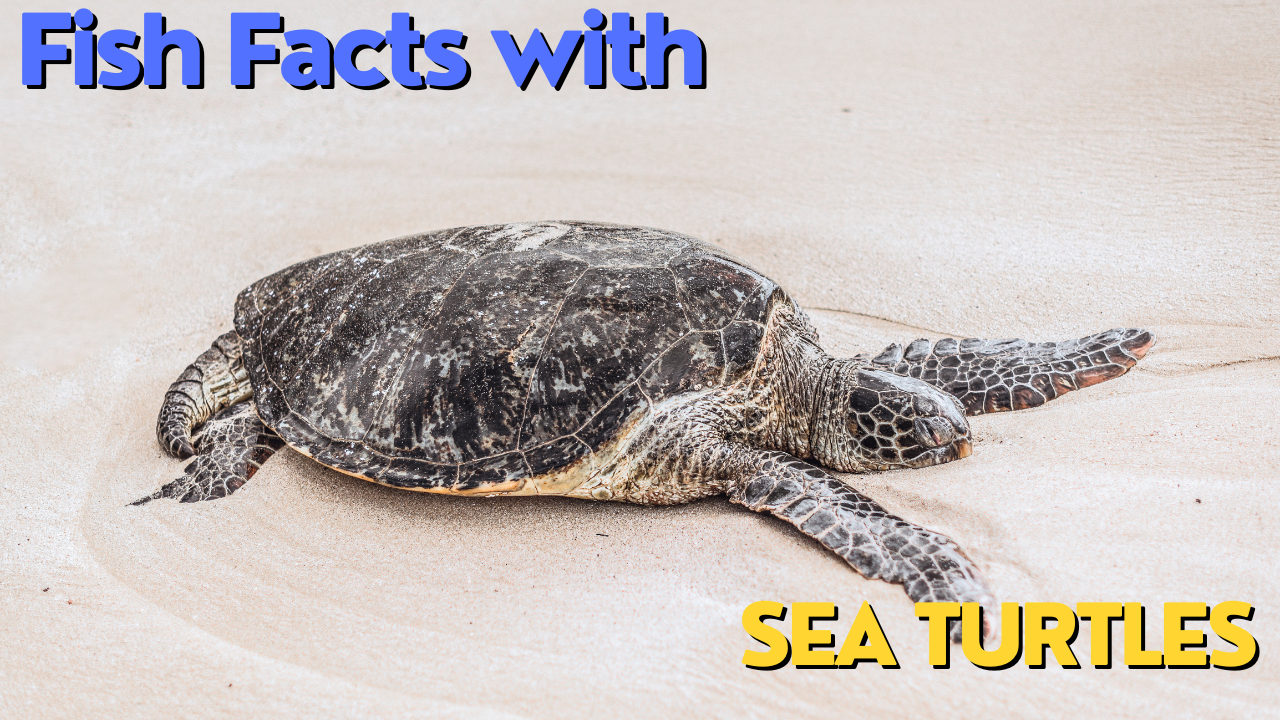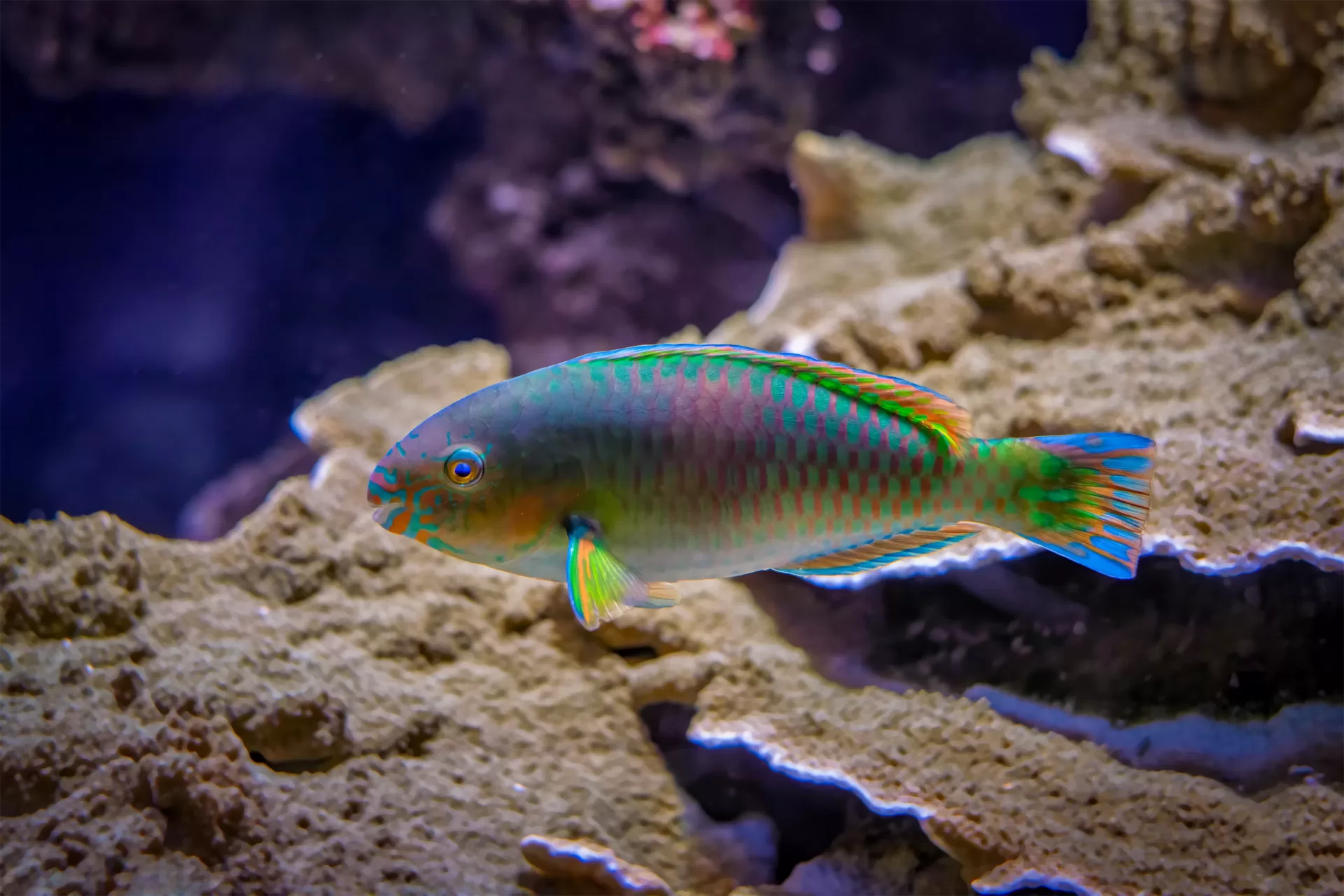
Let’s dive deep into the blue, exploring one of the ocean’s biggest and most majestic creatures, the whale shark. Not to be confused with whales, these gentle giants are the largest species of fish and an astonishing sight for divers worldwide. Their unique characteristics and fascinating behavior have intrigued marine biologists and divers alike, making them an incredible species to study and experience.
Whale Shark Information
– Size: Up to 40 feet long
– Weight: Up to 20.6 tons
– Domain: Eukarya
– Kingdom: Animalia
– Phylum: Chordata
– Class: Chondrichthyes
– Order: Orectolobiformes
– Family: Rhincodontidae
– Genus: Rhincodon
– Species: Typus
Difference between a Whale Shark and other sharks
Whale Sharks are significantly different from their relatives both in design and habits. Unlike the name suggests, they’re not whales, they are fish. Whales are mammals, distinct in their warm-blooded bodies, air-breathing attribute and that they nurse their young ones. Whale sharks, conversely, are the largest fish species and resonate more with their shark relatives having gills and are cold-blooded. They’re solitary beings and love to travel long distances, unlike most shark species.
Whale Sharks are distinguishable by their enormous size, broad, flattened heads, patterned skin, and their feeding habits. Unlike other shark species, known for their aggressive feeding on large prey, Whale Sharks are filter feeders. Using tiny teeth as a sieve, Whale Sharks prefer feasting on plankton, small fish, and squid.
Whale Shark Diet
Whale Sharks, being the largest species of fish, have an interesting diet. Rather than feasting on large prey like most sharks, Whale Sharks are filter feeders. They open their broad, large mouths very wide and draw in water filled with small organisms. As they close their mouth and expel the water, their gill rakers act as filters, capturing krill, small fish, and squid.
This serene feeding habit is unique among sharks and just as captivating to witness as it is vital for the marine ecosystem. Large filter feeders like Whale Sharks play a crucial role in maintaining ocean health, helping balance the population of tiny oceanic organisms.
Whale Shark Breeding
Whale Sharks’ breeding habits are as mysterious as the deep sea they inhabit. It’s believed Whale Sharks give birth to live pups, unlike many types of sharks that lay eggs. A fascinating discovery was made when a pregnant Whale Shark was examined and found to have near 300 embryos at different stages of development. This suggests that Whale Sharks have a ‘uterus’ that stores fertilized eggs which hatch within the mother as they mature.
Despite this remarkable fact, scientists site poor data availability for these creatures due to their elusive nature and deep-sea habitat. Thus, the breeding behavior of Whale Sharks remains largely a mystery, warranting further research.
Whale Shark Interesting Facts
Despite their daunting size, Whale Sharks are gentle non-aggressive creatures. Known as the dwarfs of the sea, it’s fascinating that these giants prefer feeding on the tiniest sea organisms. Evolved to be filter feeders, they’ve wallpaper-like teeth that are vestigial (have no use) but they’ve 3,000 of them!
Another fascinating fact is their incredibly long lifespan. It’s estimated that Whale Sharks can live up to 70 years and even more. This, among other reasons, makes them an intriguing research focus, living witnesses of sea changes over decades.
Are they friendly towards humans?
Whale Sharks are often termed as the ‘gentle giants’ of the sea. Despite their ginormous size and relation to other infamous sharks, they’re typically not a threat to humans. These serene creatures are known to allow swimmers to grab a ride with them, showing little or no agitation.
But, they’re wild animals, and as a precaution, minimal contact and maintaining a safe distance is always advisable. Over-enthusiastic behavior may disturb their natural behavior and may pose accidental threats, like being hit by their strong tail fins.
Where to see Whale Shark
Whale sharks prefer warm, tropical waters. They migrate vast distances for food and breeding.
For a sea-life enthusiast or diver, following places are known for Whale Shark sightings:
– Cancun, Mexico
– Tofo Beach, Mozambique
– Ningaloo Reef, Australia
– The Bay Islands, Honduras
– The Maldives
– Oslob, Cebu, Philippines
Can you hunt or eat Whale Shark?
Whale Sharks are a protected species in many parts of the world due to their status as a threatened species, hence hunting them is illegal. In some societies, they are hunted for their meat, but most countries have regulations to protect them.
Eating Whale Shark is not recommended as their meat might contain high levels of lead and mercury. This could potentially pose health risks, plus the ethical implications of eating an endangered species should discourage such behavior.
Conclusion
Whale Sharks unquestionably bring a sense of excitement and fascination to our blue planet. Despite their tremendous size, they act as gentle custodians of the sea, drifting through tropical waters and dazzling divers with their grace and unique feeding prowess. Through responsible tourism and continued conservation efforts, we can ensure that future generations also have the opportunity to marvel at these beautiful creatures.




